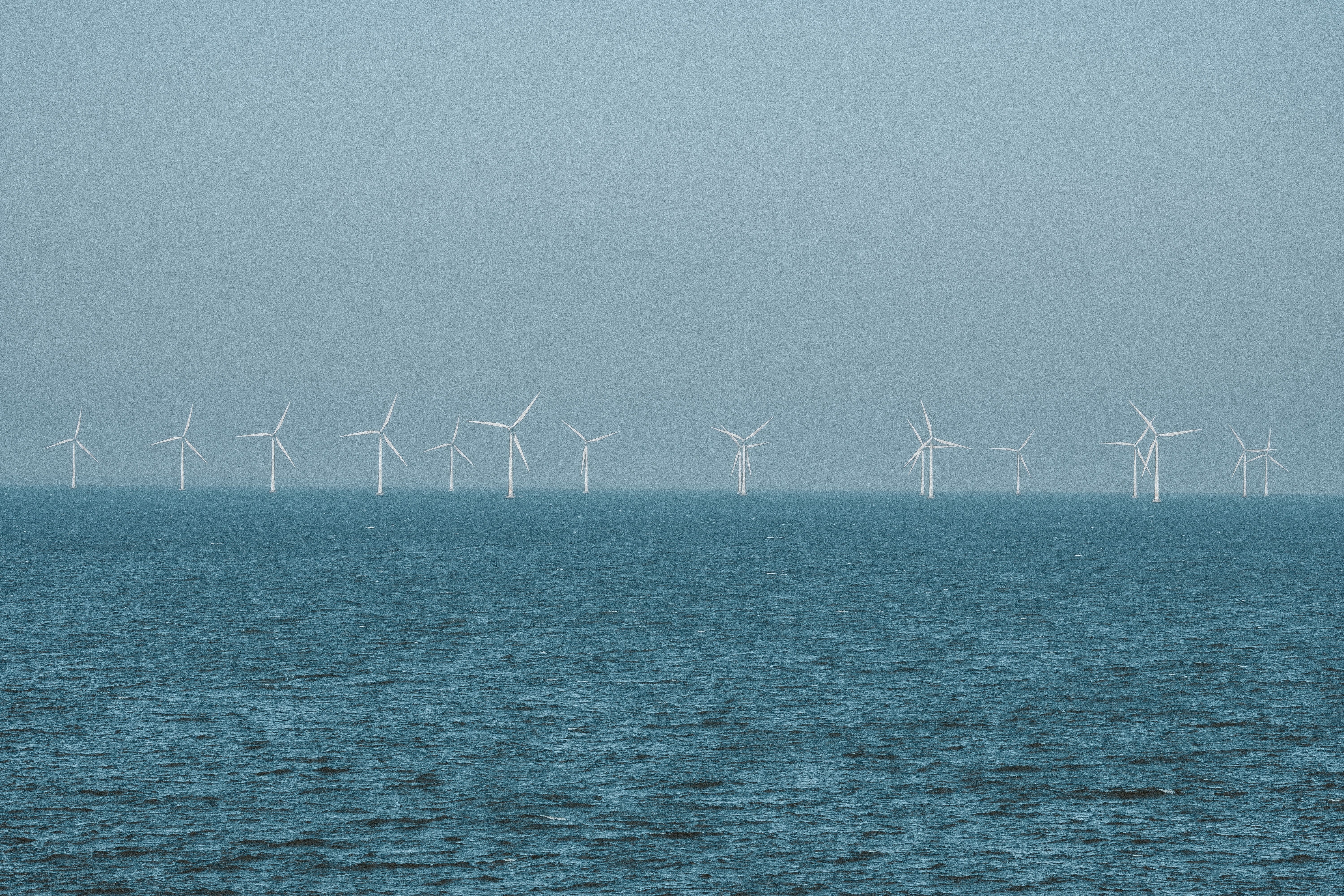Laura Recasens: “Before a species disappears, its fishing will have ceased to be profitable. However, action must still be taken.”
- Details
- Category: Projects
-
03 Jul 2024

Laura Recasens is a researcher in the Marine Living Resources Ecology and Conservation research group at the Institut de Ciències del Mar (ICM-CSIC), a group that aims to provide a scientific basis for the sustainable use and conservation of living marine resources and their habitats.
LIFE Spot demonstrates the feasibility of a new low-cost treatment to denitrify groundwater
- Details
- Category: Projects
-
03 Jul 2024

The LIFE Spot project, aimed at developing innovative solutions for the denitrification of groundwater, has been completed. The results include a combination of low-cost technologies, microalgae and cork, which can remove up to 99% of nitrates and 73% of pesticides from water. This solution could benefit an estimated 20 million people living in rural areas of Europe.
Bacteria in nutrient-rich environments reduce their genes (and why knowing this is helpful in biomedicine and bioapplications)
- Details
- Category: Projects
-
25 Jan 2024

Knowing how bacteria adapt to their environment opens promising reserach avenues in biotechnology, biomedicine, or the environment. A study from CEAB shows that a nutrient-rich environment favors bacteria that have lost genes involved in processes such as amino acid self-production. Dispensing with genes represents an energy-saving for them and gives them an advantage in those contexts
Rewilding the land: experts elaborate the first guide with keys to reduce moral conflicts
- Details
- Category: Projects
-
23 Apr 2024

A team of experts has published A Roadmap for Ethical Rewilding in the Anthropocene, the first guide that identifies the moral challenges when returning wildlife to a territory and provides reflections to point out the opportunities and minimise the conflicts that may arise.
Renewable energy or biodiversity: the BIOPAIS project analyses potential impacts of Mediterranean wind farms
- Details
- Category: Projects
-
13 Oct 2023

The European Union aims to become climate neutral by 2050. To achieve this goal, the offshore wind energy must cover the 30% of the electricity demand of the member states, which means that the current marine areas used for the production of this type of energy has to be multiplied by 15.




